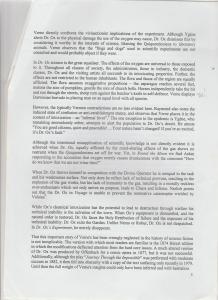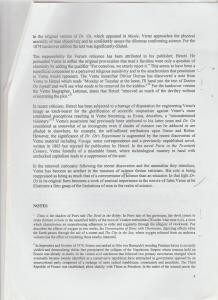A lot to come, but to put the previously noted paper into context, Australia’s political history is very convoluted and cannot be summarised in a single sentence. There was a left-right delineation, specifically defined from the 1880s with the Free Trade Party being the left and the Protectionist Party, the conservative right. The Labour Party came into being in the early 1890s and were also “left” and supported the Free Trade Party, which governed New South Wales. The conservative, now so-called “Liberal Party”, did not exist in the 19th century. For complicated historical reasons, the ironically misnamed today’s conservative “Liberal” party is the descendant of the Protectionist Party of the 1880s and 1890s, which opposed the progressive “leftist”, genuinely liberal, Free Trade and Labour Parties which led NSW politics at the time.
In the 1880s and 1890s, the Free Trade Party and then the Labour Party wanted to remove regressive indirect taxes, such as sales taxes and import duties, which impacted on the middle and working classes the most. They fought for the introduction of direct taxation in the form of income tax instead, whereby people could be taxed according to wealth and ability to pay. They also advocated for legislation as the means by which to ensure working conditions and living standards as opposed to reliance on free-market forces, which the Protectionists claimed would be sufficient.
In New South Wales in 1895, the Free Trade Party under George Houston Reid, fully supported by the Labour Party under Billy Hughes, introduced the historic Land and Income Assessment Act, following a landslide win in a special election held to decide the issue and whereby, for the first time in NSW, people were taxed according to wealth.
It was not until many years later, after the 1908 “fusion” and many more changes, including Billy Hughes’ division of the Labor Party , that the party structure began to resemble that which it represents today.
Many would also claim that, even now, the current resemblance is not that of even ten or twenty years ago.








